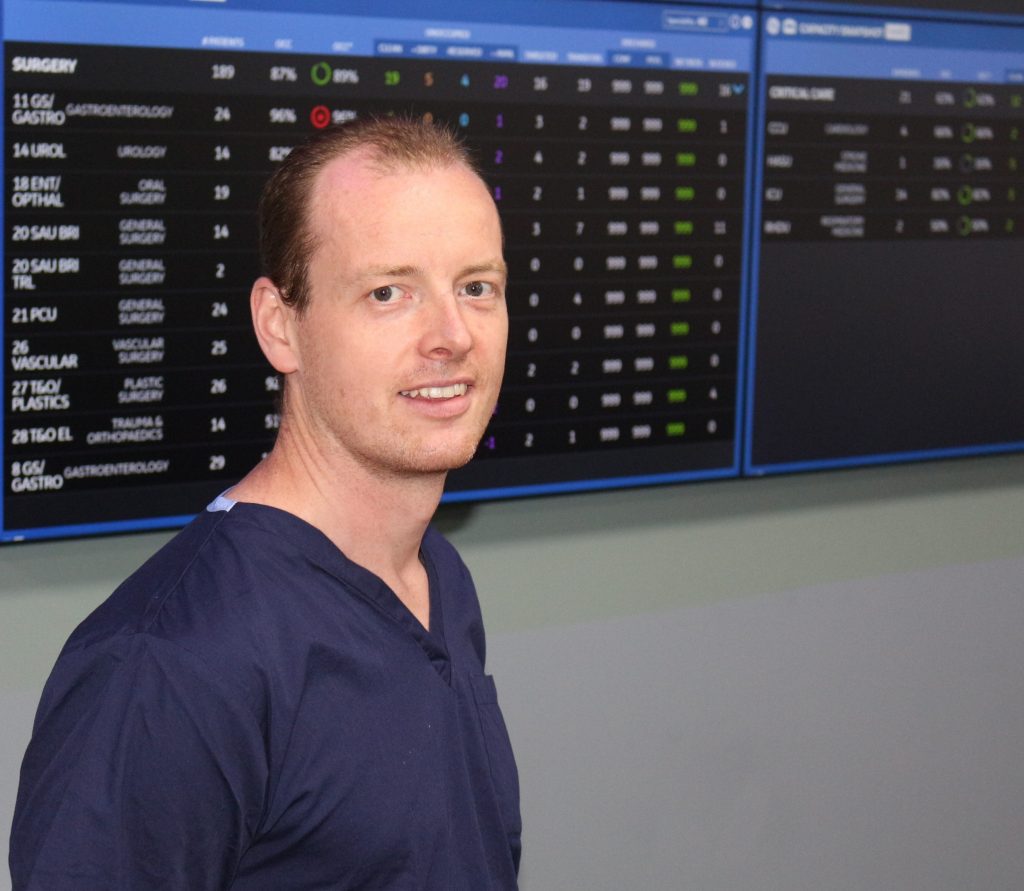
HOSPITALS in Bradford have broken new ground with the appointment of their inaugural Head of Clinical Artificial Intelligence (AI).
Dr Tom Lawton, a Consultant in Critical Care and Anaesthesia, has taken up the new role at Bradford Teaching Hospitals NHS Foundation Trust (BTHFT), which is believed to be a first for the NHS.
He is tasked with helping the Trust, which manages six hospitals, unlock the potential of AI to deliver improved healthcare to the people of Bradford and West Yorkshire.
Tom is one of BTHFT’s Medical Informatics Officers and a key member of the team at the Bradford Institute of Health Research.
He said it was vital clinicians had a greater say in identifying how AI could meet the specific needs of frontline services – especially after the recent announcement by Simon Stevens, Chief Executive of NHS England, that there is now an expectation that all Trusts will be using AI to enhance their services by 2020.
“AI is emerging as a global trend across every sector and all professions, and the way it transforms our own healthcare landscape will only gather pace,” he said.
“This new role will see me acting as a much-needed link between innovators in AI labs across the world, home-grown digital talent in the universities of Bradford, Leeds and York, and our own clinicians.
First-hand insight
“Their expertise and first-hand insight is pivotal to making the most of the opportunities in front of us.
“This means AI delivering solutions to real-life issues facing our wards and departments.
“Too often, I’ve seen a system that is brimming with world-class technology in the lab, but which isn’t fit-for-purpose in a hospital setting because those behind it hadn’t engaged with clinicians.”
He added: “To leverage the full benefits of AI, we need to make sure there is a better translation of the technology from the labs to our own wards and departments.
“For us, that means harnessing the experience of our clinicians to pinpoint first where the needs are, and then working with our AI partners to design a bespoke solution for them.”
While this month’s launch of the Trust’s new Command Centre at Bradford Royal Infirmary will thrust AI into the heart of its operations to improve patient flow, Tom revealed there are already other initiatives being explored which will bring this technology to the fore.
They include using AI to predict with greater accuracy patients’ length of stay as soon as they are admitted. This will add a different dimension to the way our hospitals plan and manage patient flow.
Assessment and treatment
AI is also behind the development of algorithms that will play a key role in speeding up the assessment and treatment process for A&E patients by forecasting the type of tests they are likely to require.
Looking further to the future, the Trust is also exploring the possibility of embracing cloud technology for the storage and analysis of the growing treasure trove of data that will help accelerate our AI ambitions.
Tom added: “The huge datasets that have been built up through the Connecting Bradford and Born in Bradford research projects are a powerful resource at our fingertips that can help shape ways in which AI can make a real difference.
“While AI presents an exciting opportunity for us to grasp, it is important to remember that its fundamental role is helping doctors and nurses to make the right decisions – not to take over from them.
“We must also remember that while AI is advancing at pace, it is still in its relative infancy in healthcare – recent research revealed only six per cent of organisations were using it, and 60 per cent were still trying to understand it.
“Against that backdrop, we must ensure any AI is subject to scrutiny and adheres to the highest patient safety standards. This will also be a key strand to my role.”
